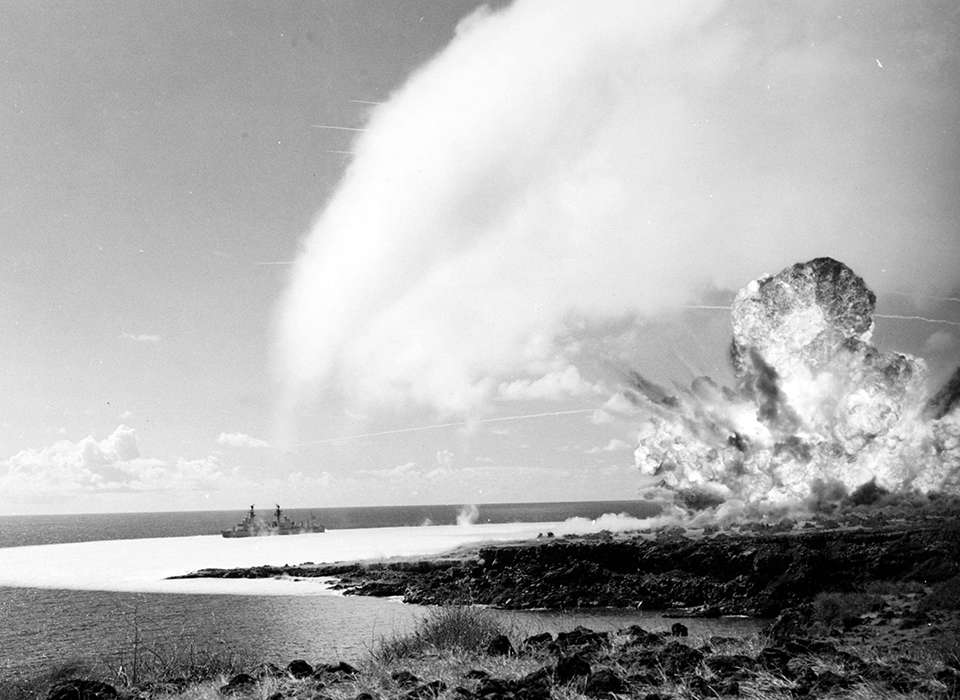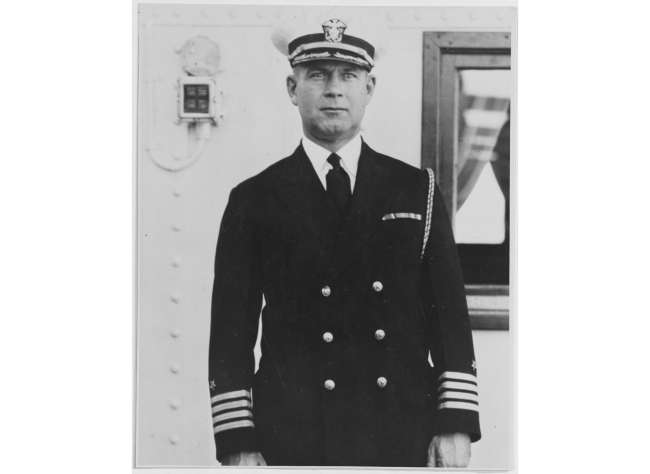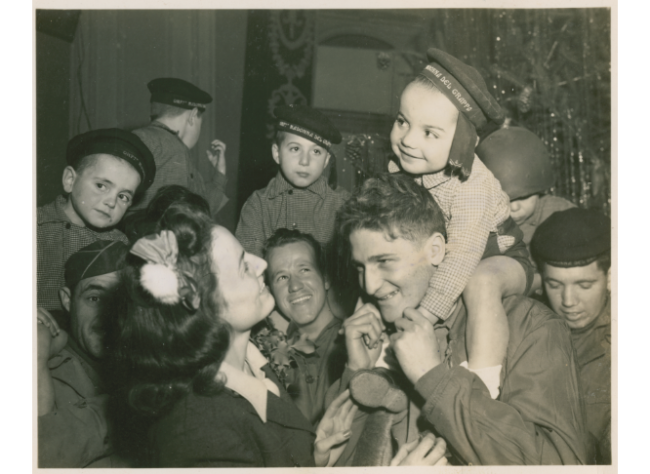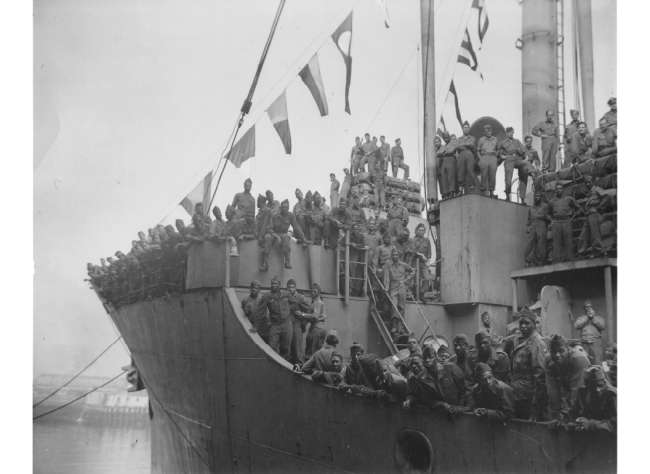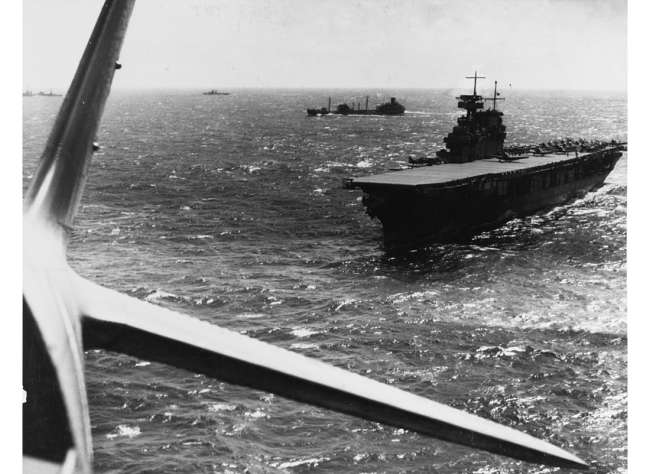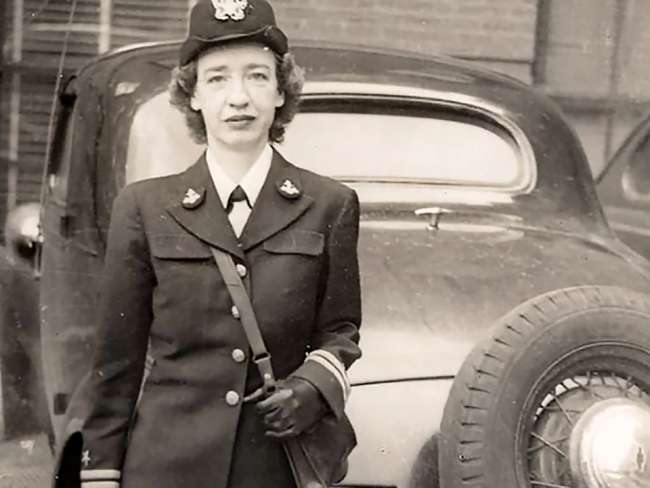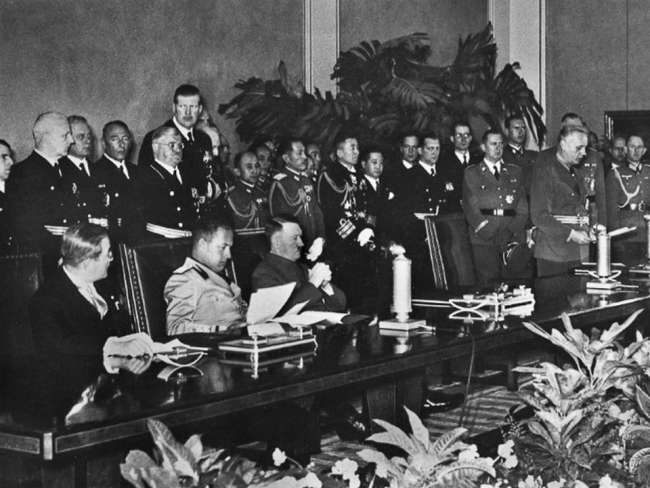Top Image courtesy of the Naval History and Heritage Command.
There is one Hawaiian enclave most people have never heard of. Though it is one of the eight primary Windward Islands and not very far from the sun-drenched beaches of Maui and Lanai, this tropical outpost is completely uninhabited. For decades, even if you did manage to reach its beautiful beaches, the signs posted everywhere would surely ruin your day in the sun. They read, “Keep Away, Bombs in Land & Water.”
In ancient times, the sacred island of Kaho’olawe was, according to local tradition, the Hawaiian peoples’ center for celestial navigation, a bountiful fishing grounds, and a spot where native priests carried out cultural and religious rites. In the modern era, the 45 square-mile area has been dubbed “the most shot island in the world.”
In May of 1941, the US Army leased a small section of Kaho’olawe from cattle ranchers for $1.00 a year. After the attack on Pearl Harbor and the declaration of martial law in the Territory of Hawaii, the US military took over the entire island, seemingly indefinitely.
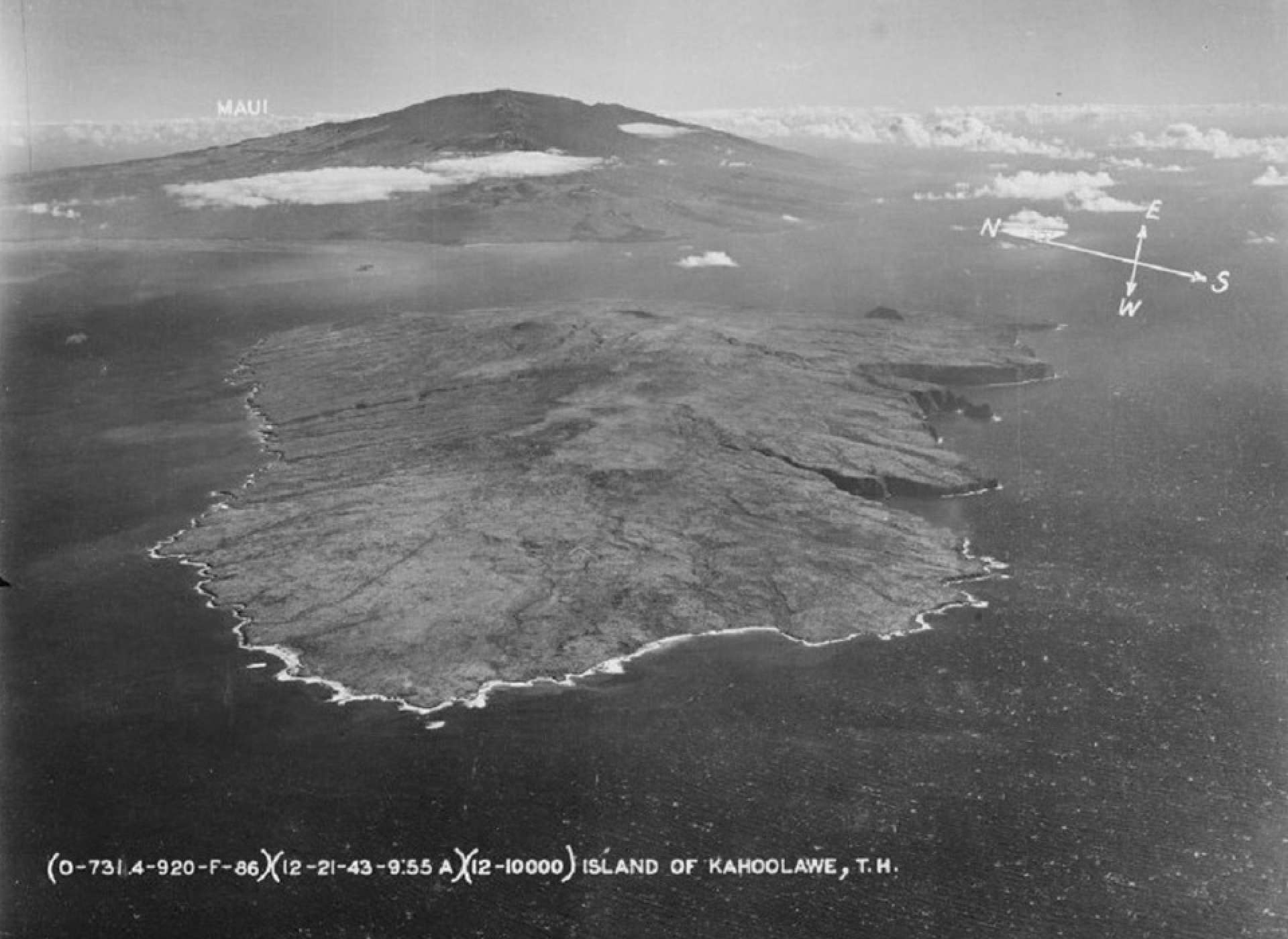
The entire ragged, rugged landscape of Kaho’olawe can be seen in this US Army Air Forces photo from 1943. Part of the island of Maui can be seen beyond. Courtesy of the National Archives.
Even before war converted Kaho’olawe into the Pacific’s target range, visitors and residents had already ensured the island was well on its way to ruin. The abasement started when goats were introduced in 1793. Already sweltering in Maui’s rain shadow, much of Kaho’olawe’s heartiest vegetation disappeared due to the animals. In 1832, the island became the home of a penal colony. By 1858, official leases to ranching companies allowed sheep, cattle, and even more goats to roam and gobble, leading to severe erosion and soil loss. Rats and feral cats followed the people and livestock, quickly overpowering the natural fauna. Non-native trees, grasses, and shrubs brought in as feed further skewed the island’s natural balance.
Due to this previous degradation of the land, few objected when the military wanted to use Kaho’olawe as a bullseye to fine tune nearly every weapon available in America’s expansive arsenal. While the island was a sacred place of Native Hawaiians and a potential money-maker for ranchers, there were more pressing and immediate threats to Hawaii. In the dark days right after the Pearl Harbor attacks, the Territory of Hawaii seemed firmly in Japan’s sights. Much more acute than protecting a single struggling island refuge was the need to bolster the entire archipelago for the Pacific War.
A strong US military presence was welcomed and encouraged by many inhabitants of the Hawaiian Islands. Aspects of land and life would change, sometimes drastically, in order to keep Hawaii safe and contribute to the national effort to fight Japanese imperial expansionism.
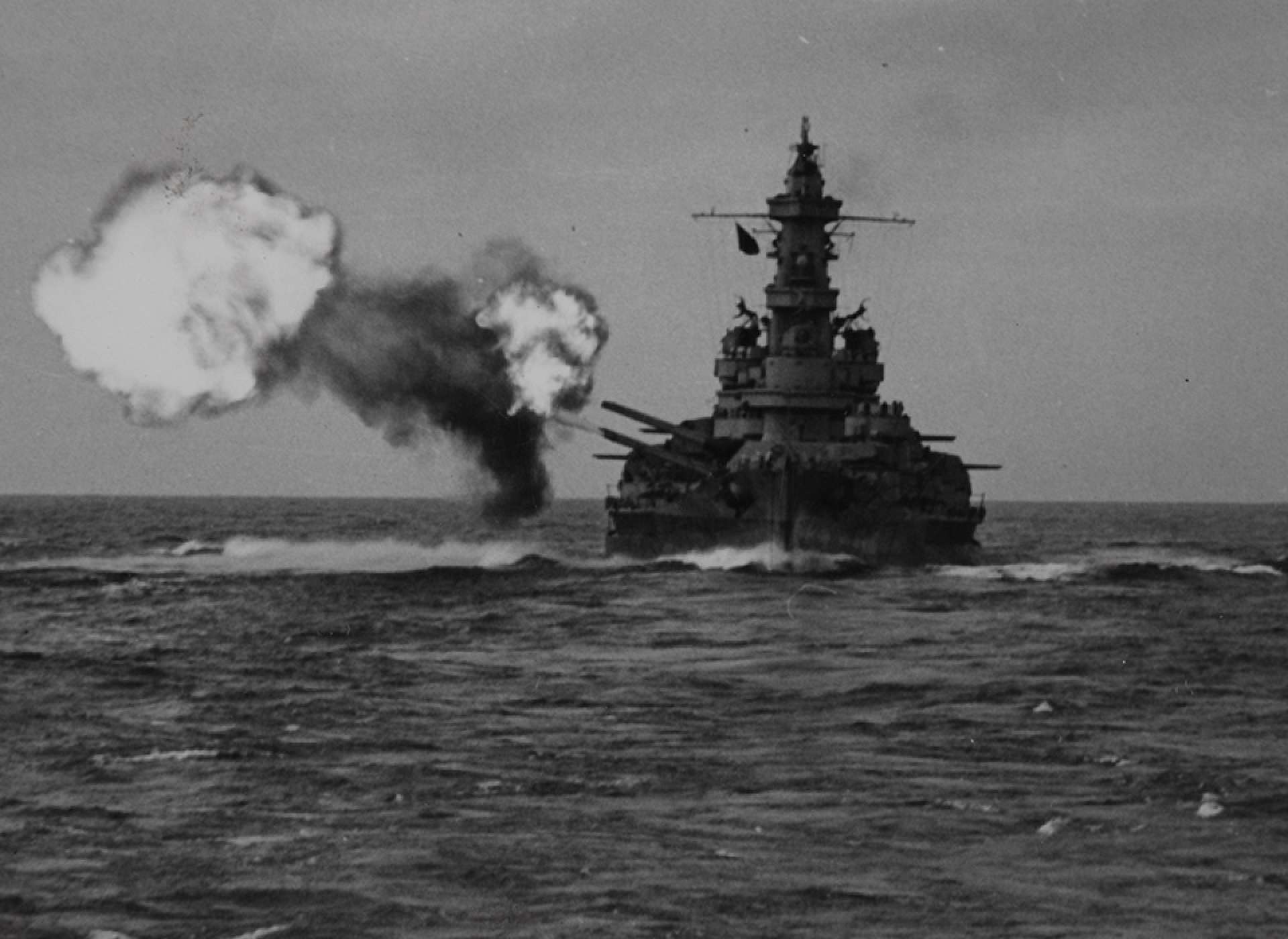
Before blasting Japanese island outposts in combat, the crews aboard ships like the USS South Dakota (BB-57) honed their gunnery skills on Kaho’olawe. The ship is seen here off the Santa Cruz Islands in late 1943. Courtesy of the National Archives.
Ship-to-shore gunnery practice started at Kaho’olawe almost immediately. The USS Pennsylvania (BB-38), a battleship only lightly damaged during the attack on Pearl Harbor, blasted the island during live fire events in preparation for American attacks on the Gilbert Islands. Clean-up reports in the 1990s state that the island was littered with all sorts of projectiles ranging from thumb-sized 20mm ammunition to monster battleship shells up to 16-inches in diameter and weighing as much as a small car. Fuses encountered by ordnance crews included those meant to explode on impact as well as a potpourri of electrically, chemically, and mechanically timed detonators.
US submarine captains worked out the critical tactics of sea approaches and shipping attacks by edging close to the towering cliffs at Kanapou on the island’s southeast side and firing live torpedoes which detonated (some of the time) in a shower of water, fire, and volcanic rock.
Aircraft on practice runs from Hawaii’s many Army and Navy air bases added to the landscape, distributing thousands of tons of bombs. The leftovers, from World War II and after, range in size from two pounds to 3,000 pounds. The remains included not only high explosives, but also napalm, fuel-air weapons, rockets, and a scattered blanket of steel and lead fragments.
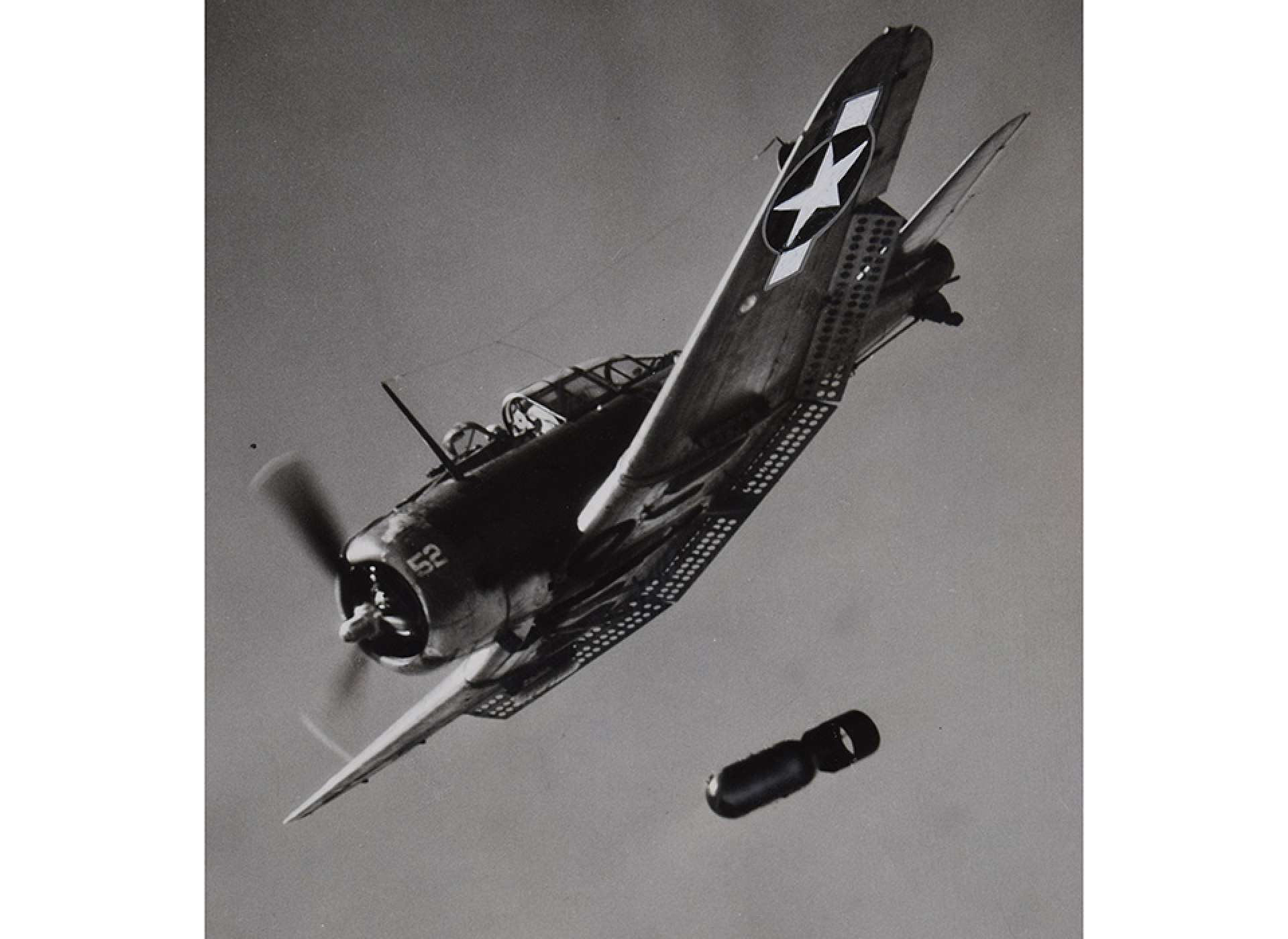
Before the Douglas SBD Dauntless pilots became the heroes of the Battle of Midway for sinking the Japanese carrier fleet, many of them sharpened their dive-bombing skills at practice ranges like Kaho’olawe. Courtesy of the National Archives.
Other tailings of war include grenades, mortars, crashed missiles, pyrotechnics and illumination charges, and abandoned targets including sieved military vehicles and stacks of tires.
The military continued to use Kaho’olawe well after Japan’s surrender in 1945, which began to widen a rift between the government and the locals who questioned the need for continued bombardment. During the Korean War, the island was host to a mock airfield and vehicle convoys for jet pilots to practice their bombing and strafing skills. The Vietnam War-era saw replicas of North Vietnamese surface-to-air missile sites and radar stations on Kaho’olawe, which were repeatedly blasted with missiles and bombs. The Oxford Journal reported that, between 1968 and 1970, warplanes dropped 2,500 tons of bombs.
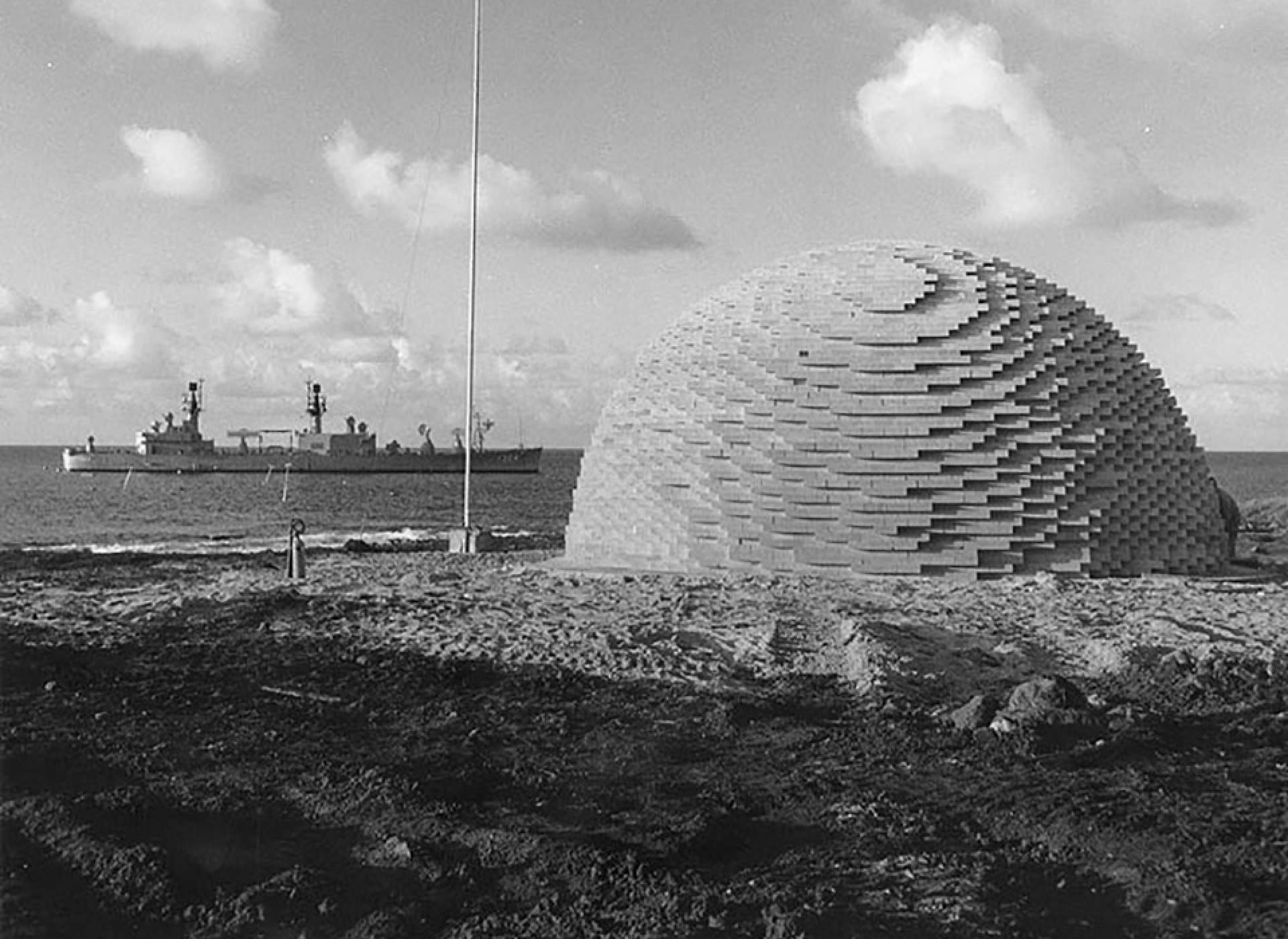
This image and the photo at the top of the article show Operation Sailor Hat in 1965, in which the US Navy set off huge blasts on Kaho’olawe’s shoreline. Here we see the dome of 500 tons of high explosive and the USS Atlanta (IX-304, former CL-104) moored in the background. Courtesy of the Naval History and Heritage Command.
Years before, as the American presence in Vietnam began to escalate in 1965, the US Navy Bureau of Ships and the Defense Atomic Support Agency used Kaho’olawe for part of Operation Sailor Hat. Huge 500-ton TNT charges were set off at the shoreline with target ships moored close by, simulating the effects of a nuclear detonation. The massive blasts ejected shock waves, spit vapor clouds, and hurled rock and soil thousands of feet into the sky. One of the 260-foot diameter water-filled craters from these tests still lies on the southwest tip of the island.
An Asian-Pacific Law & Policy Journal relates, “The series of explosions from Operation Sailor Hat left a massive and lasting scar—a large coastline crater nearly thirty feet deep—but, more devastatingly, the blast cracked the island’s freshwater aquifer, allowing ocean water to seep through and ruining Kahoʻolawe’s ability to hold freshwater.” Weapons of war were not only pounding the surface of the island, but literally smashing Kaho’olawe into extinction.
People challenged the destruction. In 1976, local Hawaiians began a series of occupations as a protest. Brought into the national spotlight, the island was added to the National Register of Historic Places in 1981. Still, this “historic place worthy of preservation” was still being bombed with regularity by jet fighters. President Bush ordered a stop in 1990.
Three years later, Congress voted to give the island back to the state and cease all military activities. They also allotted $400 million for clean-up and protection of any surviving historical and religious sites.
In 2003, in a ceremony on O’ahu, the Navy handed Kaho’olawe back to the state of Hawaii. A year later, they wrapped up the first phase of cleanup, sweeping 75 percent of Kaho’olawe of unexploded ordnance down to 25 feet below the topsoil.
And yet, dangerous weapons still rest on Kaho’olawe, and as of 2018, restoration funding has dramatically slowed, according to local news outlets. The people of Hawaii, and those tasked with clean-up, remain hopeful that one day the island will someday recover from the scars of war.
